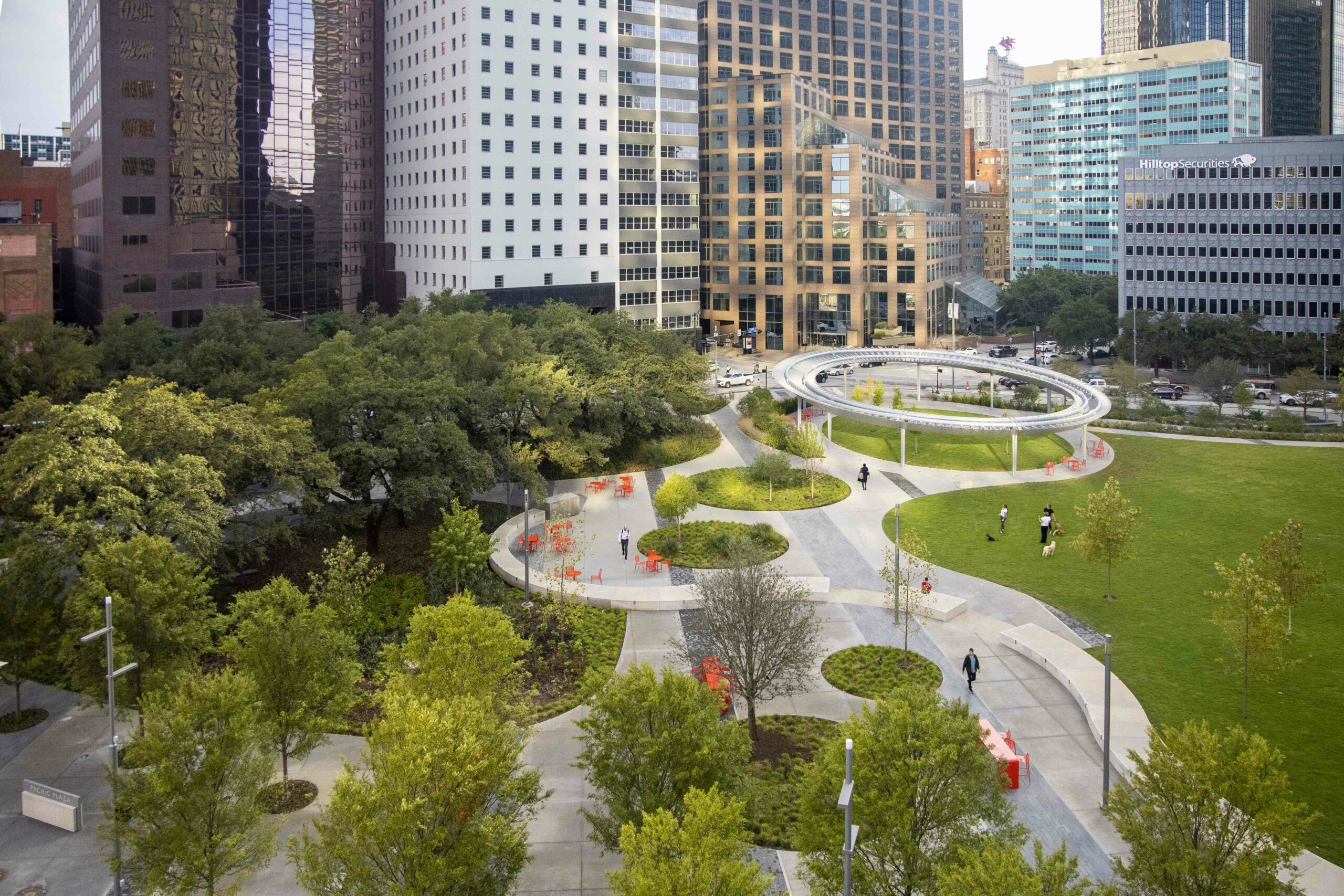
Trees play a pivotal role in enhancing the aesthetics and functionality of urban plazas. First and foremost, they contribute to the visual appeal of these spaces, softening the harsh lines of buildings and providing a sense of natural beauty amidst the urban environment.
Their foliage offers shade and cooling effects, making plazas more comfortable and inviting for people to gather, socialize, or relax. The calming influence of trees, their rustling leaves, and the seasonal changes they undergo add a dynamic and vibrant element to plazas, enriching the overall experience for visitors.
Furthermore, trees are essential for improving air quality in urban areas. They absorb carbon dioxide and release oxygen through photosynthesis, helping to mitigate the effects of air pollution and contribute to a healthier urban environment.
By acting as natural air filters, trees can reduce particulate matter, which can be particularly beneficial in crowded plazas with higher levels of foot traffic and vehicular activity.
Lastly, trees in plazas provide habitat and sustenance for wildlife, promoting biodiversity within urban centers. Birds, insects, and small mammals find refuge and food sources in these green spaces. This connection to nature within the city fosters an appreciation for the environment and raises awareness about the importance of preserving and protecting urban greenery.
In summary, trees in plazas are not just decorative; they are critical components that enhance the quality of life in urban areas by improving aesthetics, air quality, and biodiversity while promoting a sense of community and well-being among city residents.
